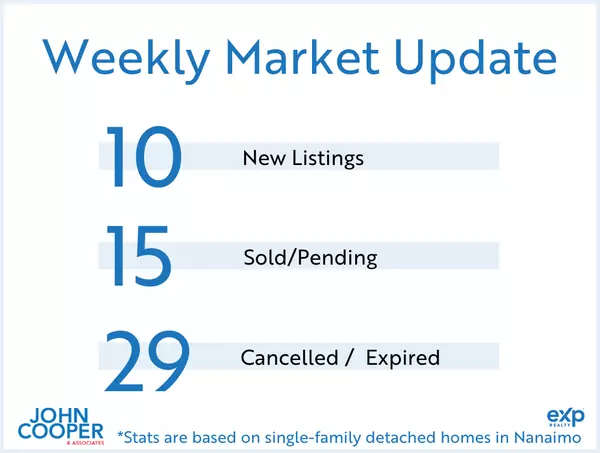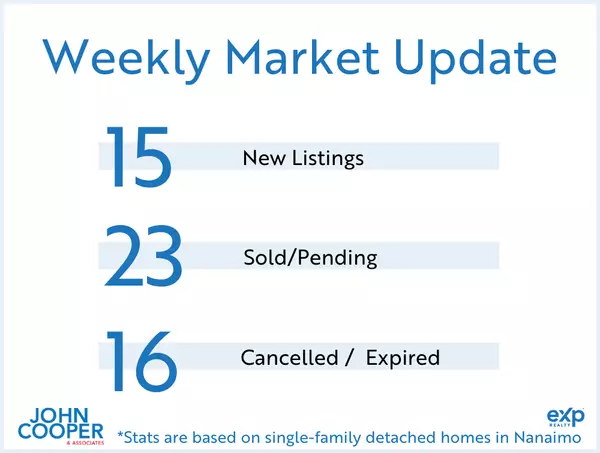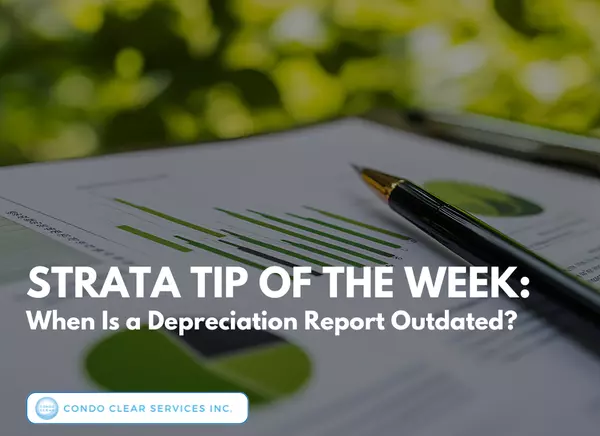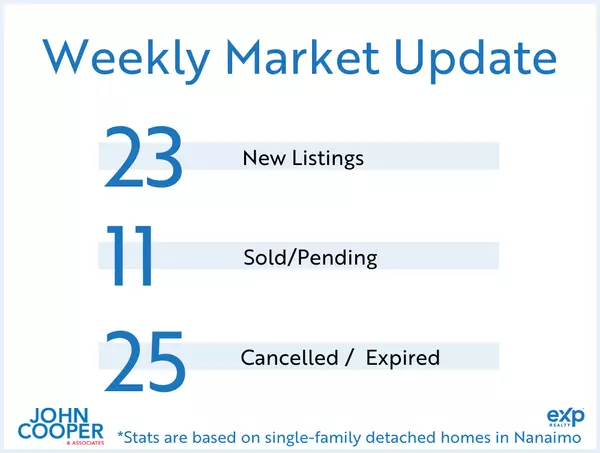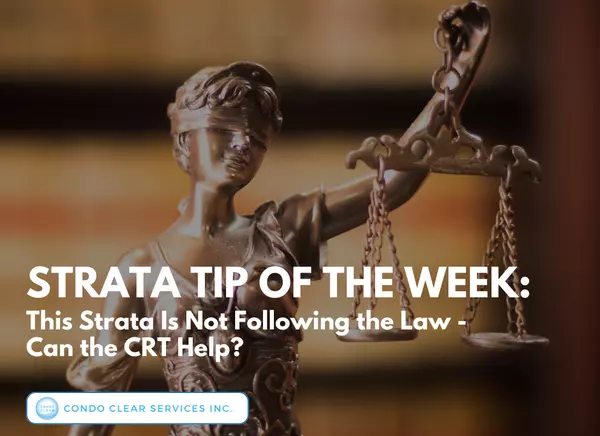
In British Columbia, land can be subdivided in various ways. When it comes to strata-titled properties, one of the primary distinctions lies between regular strata corporations and bare land strata corporations.
Understanding the nuances between the two types of stratas is crucial when purchasing property in BC. This knowledge affects ownership rights, responsibilities, and how common property is managed.
1. What Do All Strata Developments Have in Common?
In all strata developments:
-
Strata Lots - Individuals own separate units within the strata development, known as strata lots.
-
Common Property - Owners jointly own and use the common property, which may include components such as infrastructure, amenities, and other shared assets.
2. What is a Regular Strata Corporation?
A regular strata corporation involves subdividing one more more buildings into:
-
Privately Owned Units - Individual strata lots, such as apartments, townhouses, etc., and
-
Common Property - Shared components within the strata development, such as roadways, parking facilities, entryways, hallways, mechanical and electrical systems, roofs, windows, doors, and exterior walls.
3. What is a Bare Land Strata Corporation?
A bare land strata corporation is characterized by the subdivision of land, not buildings, into separate parts:
-
Privately Owned Land Parcels - Individual strata lots on which owners may build homes or other structures, and
-
Common Property - Shared infrastructure like roads, utilities and recreational spaces.
Key Point: The presence of buildings is irrelevant; it's the subdivision of land, rather than buildings, that differentiates a bare land strata from a regular strata.
4. How Can I Tell if This is a Regular or Bare Land Strata?
To determine the type of strata corporation, you’ll need to:
5. What are the Main Differences Between a Regular and Bare Land Strata?
The main differences lie in the responsibilities owners have regarding repair and maintenance:
a) Regular Strata Corporations:
b) Bare Land Strata Corporations:
In short, regular strata owners tend to have more shared maintenance responsibilities, while bare land strata owners take on much more of the maintenance and insurance themselves.

